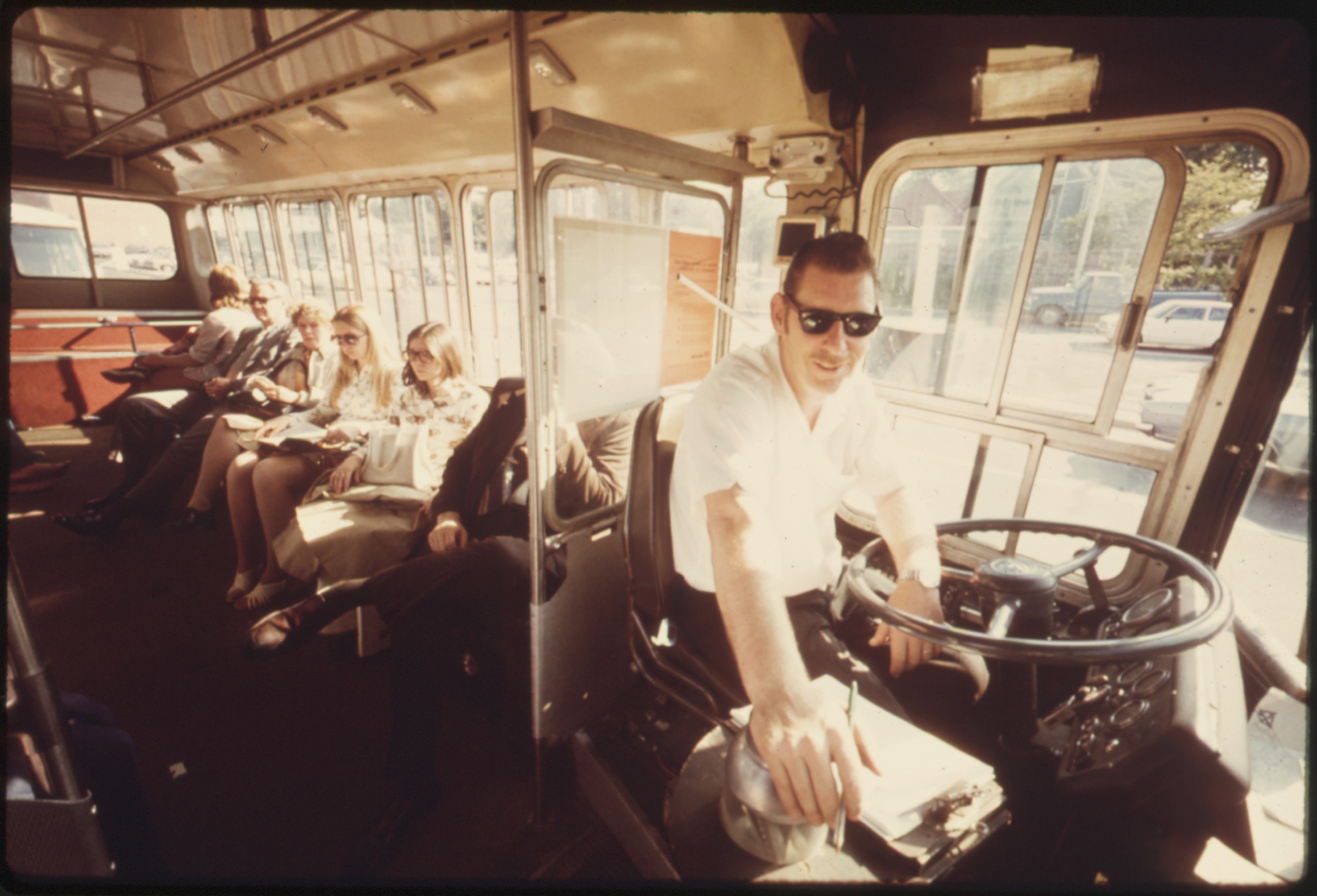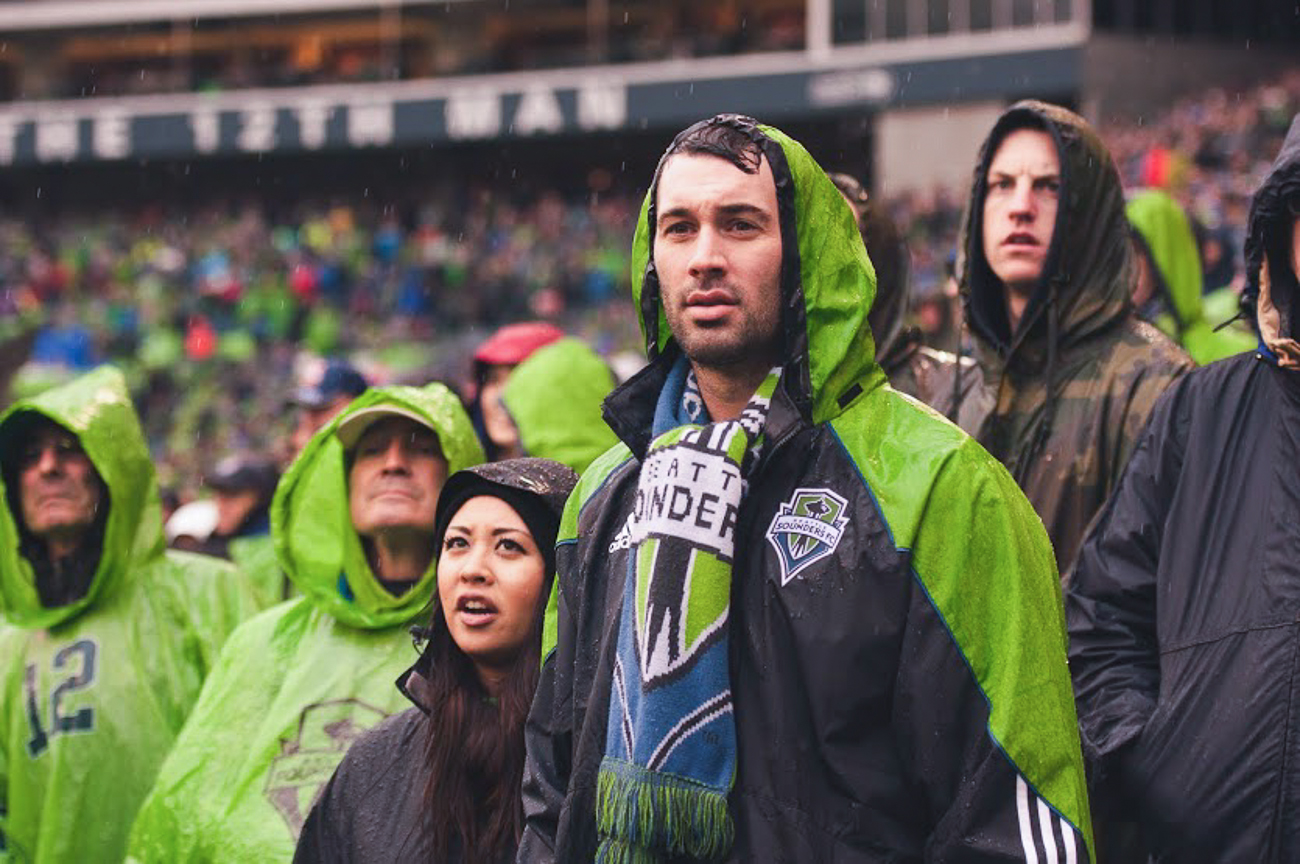If your bus or commuter train has seemed more packed lately, it’s probably no hallucination. As Justin Pritchard of the Associated Press notes today, “Americans are boarding public buses, trains and subways in greater numbers than any time since the suburbs began booming.”
In other words, that elbow in your ribs is no fluke. Locally, Sound Transit and King County Metro confirm it.
Nationwide, as Pritchard reports, the American Public Transportation Association tallied 10.7 billion trips in 2013, marking the highest total since 1956. The story indicates that Houston, Los Angeles, Miami, Denver, San Diego and Seattle all experienced “large ridership gains.”
How large of a ridership gain has there been in the Seattle area? In late February Sound Transit announced that its buses, trains and light rail services had served roughly 30.3 million boardings in 2013, “an increase of more than 8 percent” over the previous year. The announcement also indicated that the average number of Sound Transit weekday boardings topped 101,000.
By mode, in 2013 Sound Transit says boardings on Central Link light rail rose 11 percent, while an eight percent increase was seen on Express regional buses and the Sounder. The Sounder, with 3.0 million annual boardings, is by far the least used of the three services; Express buses carried 16.6 million boardings last year, while the Link light rail served 9.7 million boardings. (For anyone interested in a deep dive on the numbers, Sound Transit’s quarterly ridership report for Oct. 1 through Dec. 31, 2013 is available here.)
Meanwhile, King County Metro estimates it “delivered about 118.5 million trips in 2013” – marking a 2.7 percent increase over 2012. According to a February announcement, in 2013 the transit agency “essentially tied the ridership record it experienced back in 2008, prior the recession.” King County Metro’s RapidLine buses also fared well, with a “combined 36 percent ridership increase in ridership” in 2013, which outpaced projections.
Also according to King County Metro:
Preliminary data shows use of park-and-rides also increased in 2013 – especially in east King County. Park-and-ride usage by eastside commuters was up 4 percent compared to a year ago. Several eastside lots continue to operate at or above capacity, including Bear Creek (108%), Issaquah Highlands (98%), Kingsgate (106%), Redmond, (100%) and South Bellevue (107%). Sound Transit’s eastside lots are also generally full at Issaquah Transit Center (99%), Mercer Island (100%) and Overlake Transit Center (104%).
And Metro’s commuter van program experienced its second consecutive record year in 2013. An estimated 3.5 million commute trips were taken as part of Metro’s vanpool/vanshare programs- up 3 percent over 2012. The number of vans in operation grew 6 percent in 2013.
Metro’s Strategic Plan and service guidelines suggest service should be growing by an additional 15 percent to reduce overcrowding, improve service reliability and meet target service levels in 58 corridors that serve places where many people live, work, or go for other activities around King County.
Despite the increased demand, King County Metro, as we well know, is facing the very real possibility of upcoming budget-related service cuts. The realization of those cuts could, according to spokesperson Jeff Switzer, could reverse any ridership gains that the agency experienced last year.
“We estimate a loss of up to 14 million annual riders, or up to 47,000 per day,” Switzer says of the proposed service reductions of up to 600,000 service hours – which accounts for up to 17 percent of Metro’s service.








